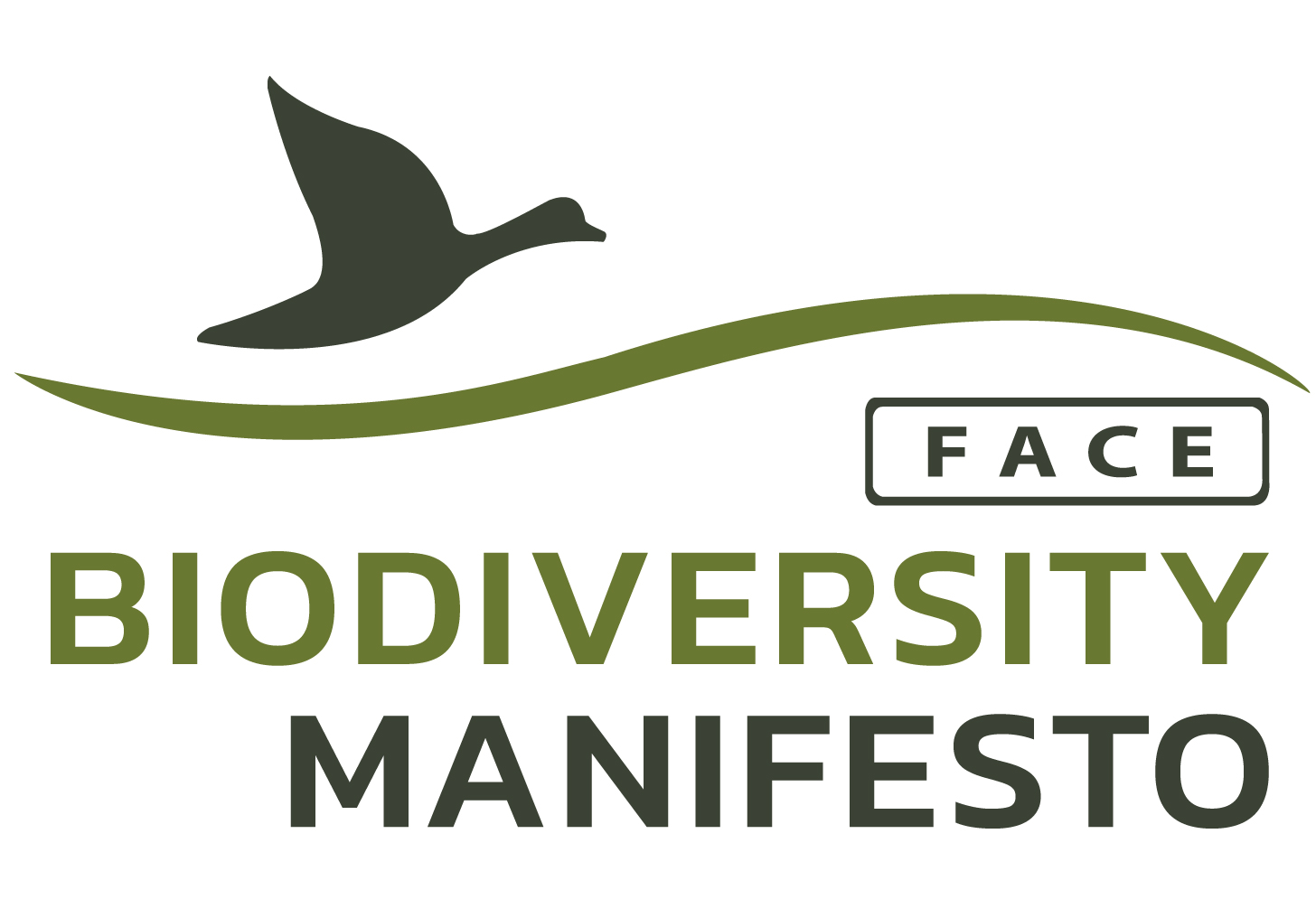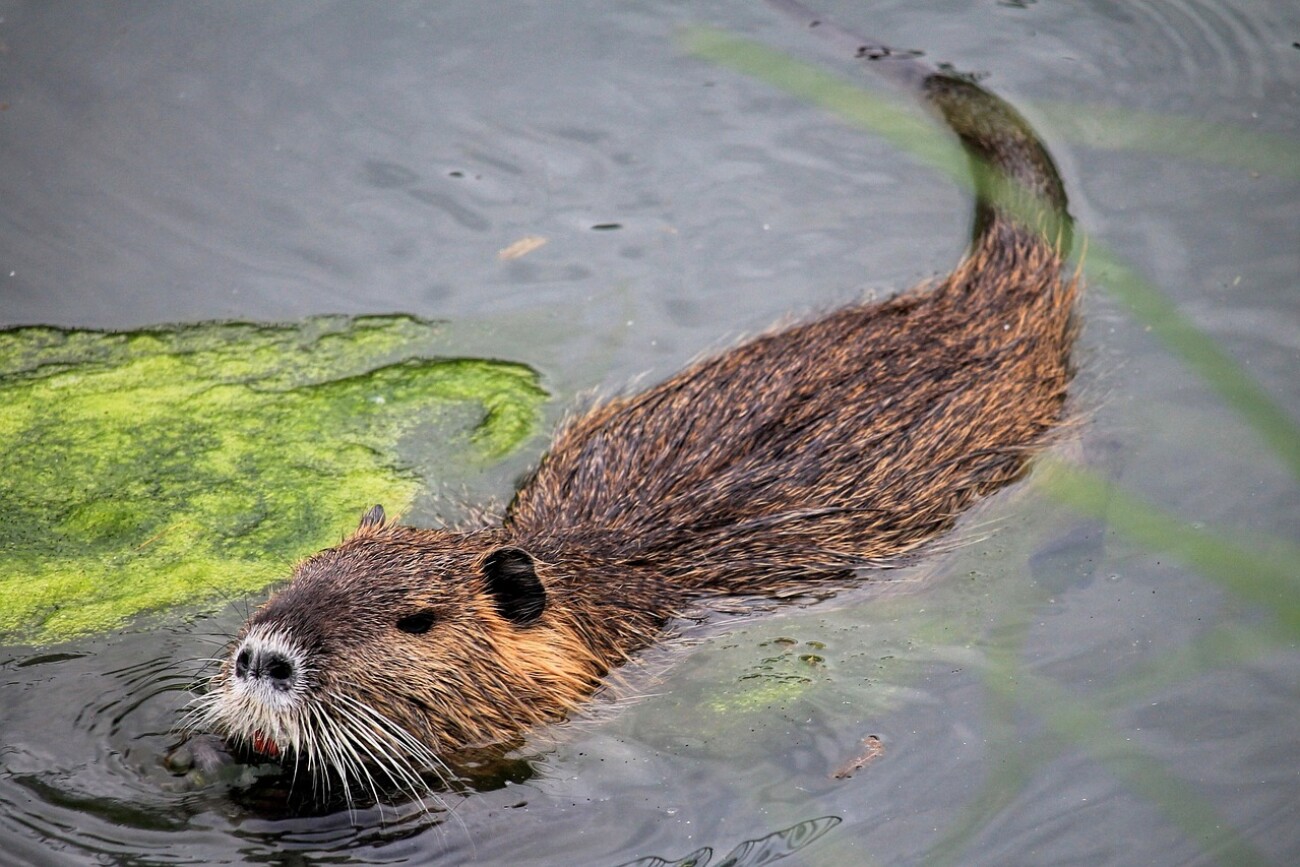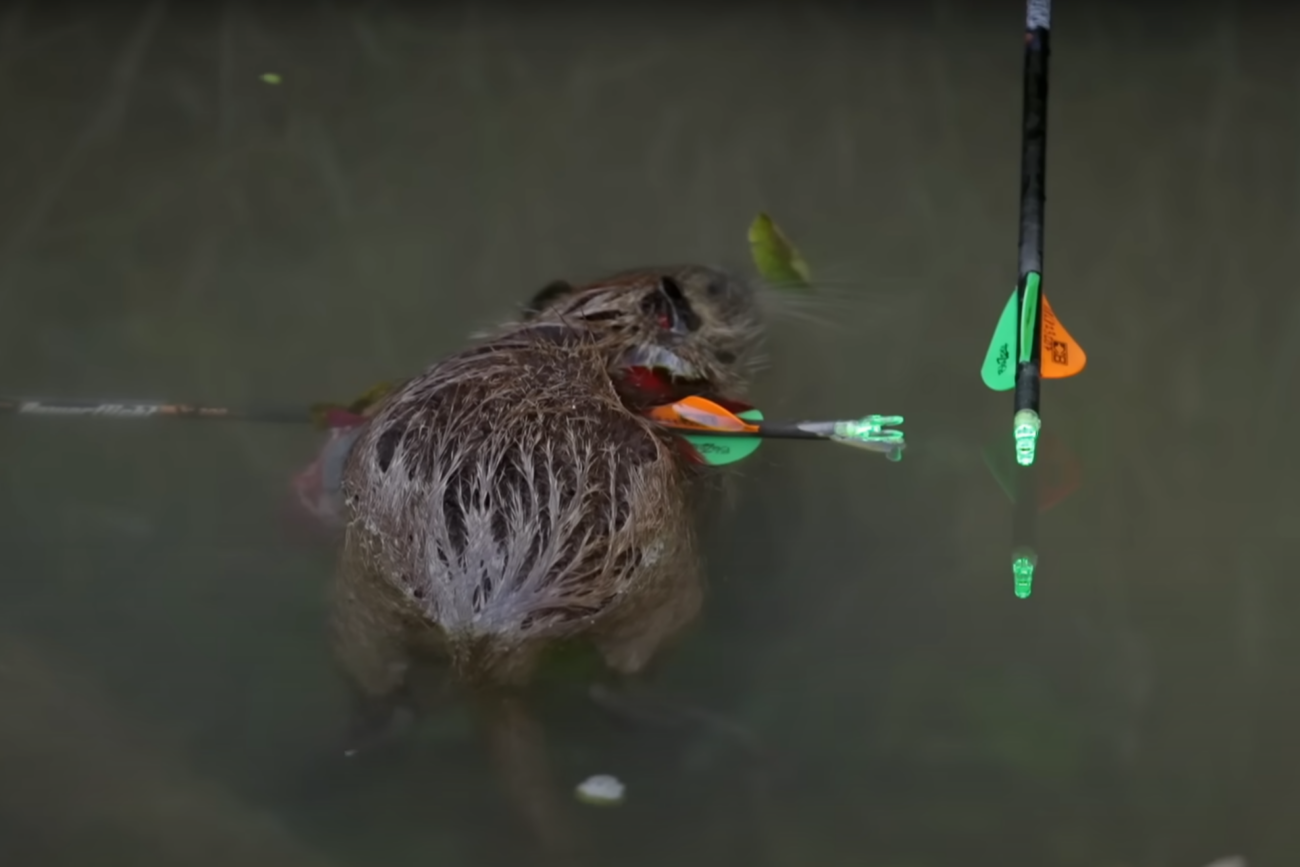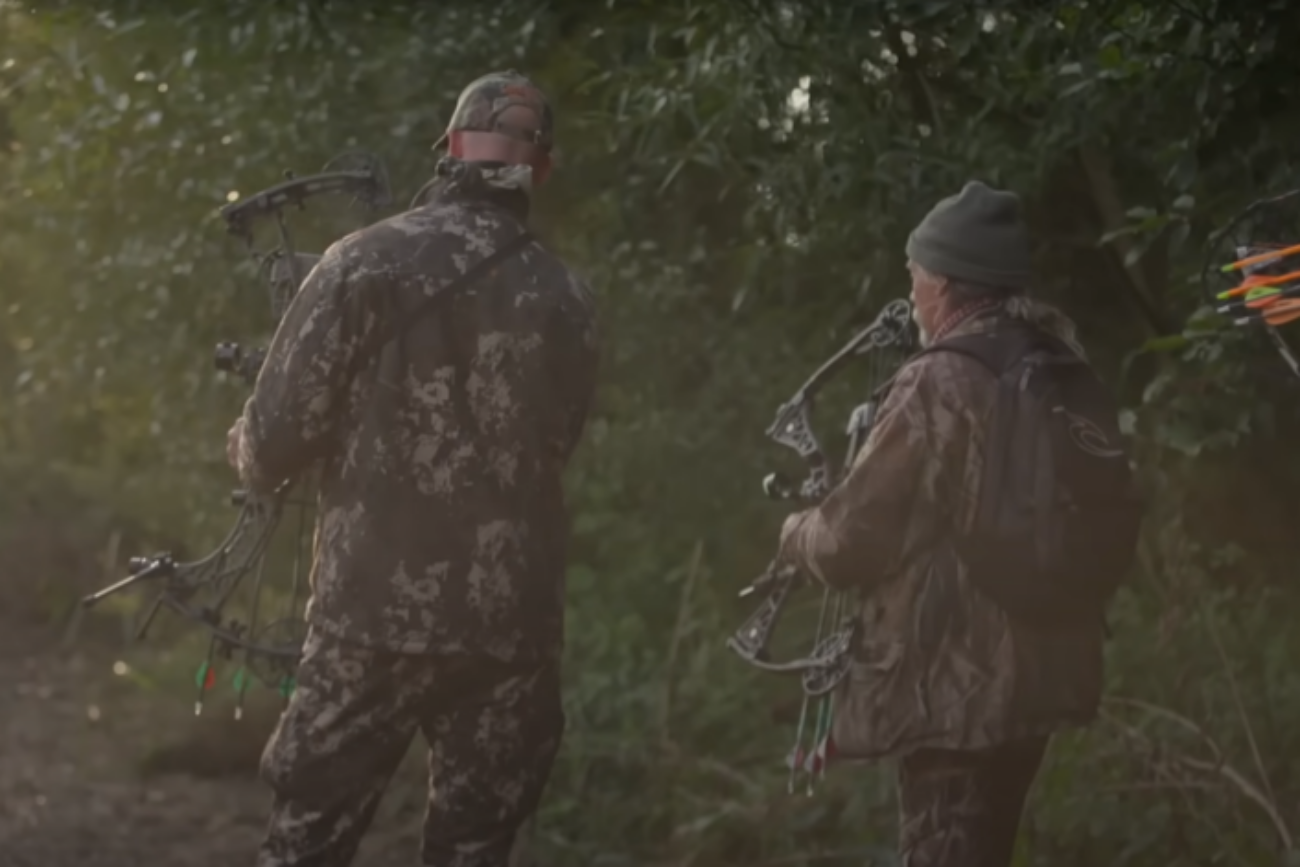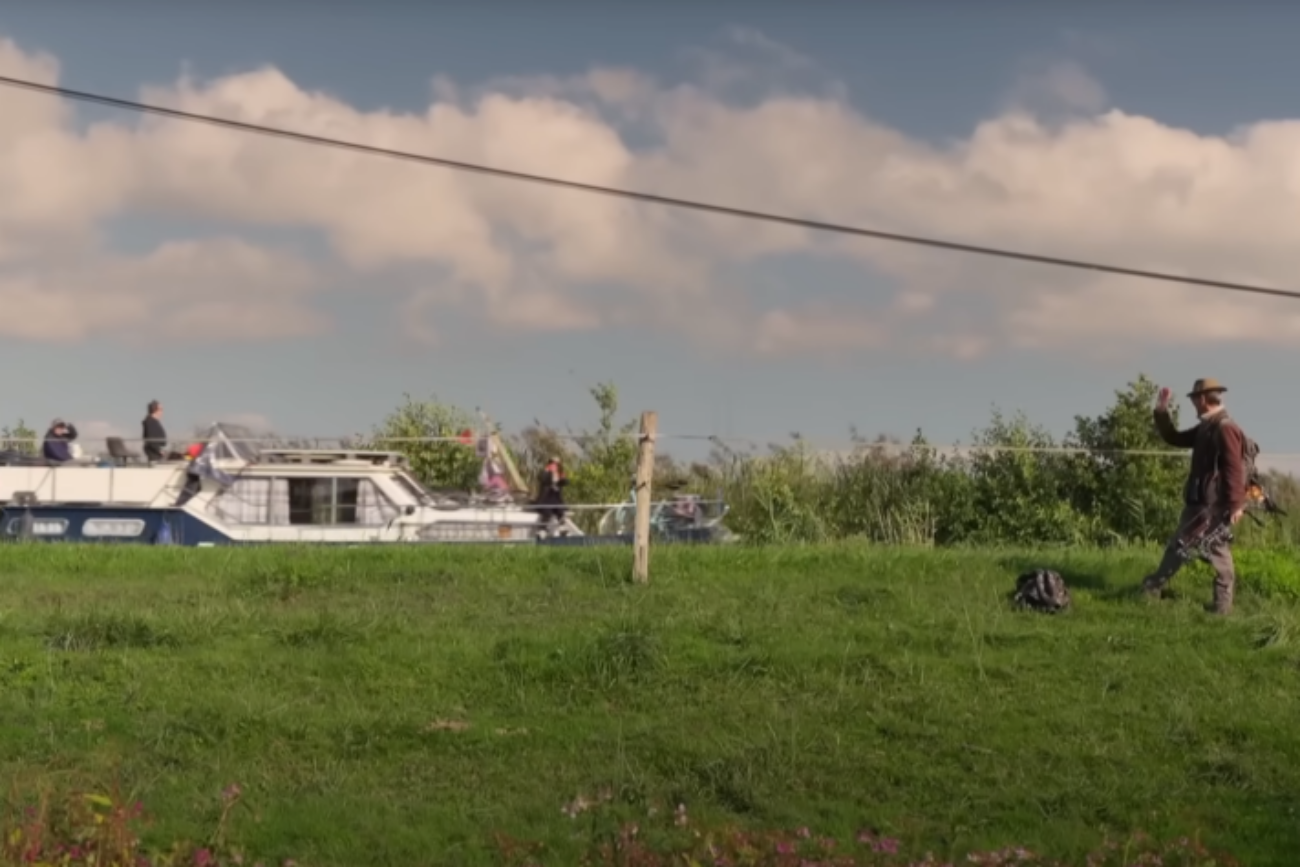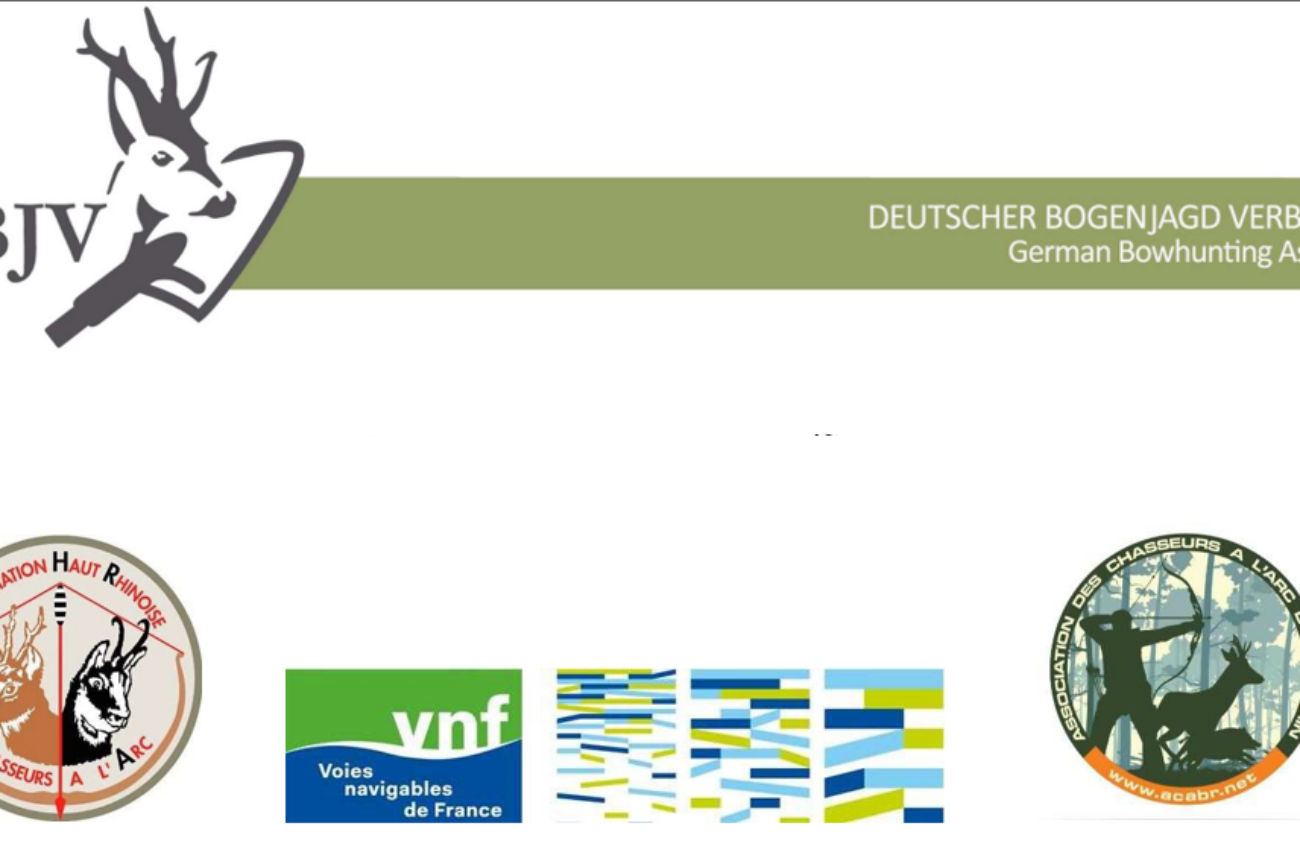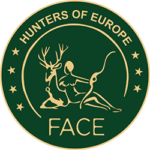In 2022, a cooperation was launched between the bowhunting associations in Alsace (Upper Rhine = Haut Rhin = AHRCA / Lower Rhine = Bas Rhin = ACABR) and the French state administration of waterways “VNF” (Voies Navigables de France) to reduce nutria using only bows and hunting arrows. Nutria are considered harmful game and must be strictly hunted.
The waterways have existed for several centuries and were originally built for industrial reasons or to transport goods. Nowadays, they are mainly used by houseboats. Cycling and hiking trails run along the water canals. They also run through urban areas.
Some of them are paved with stones or concrete, but most of them have natural embankments. It is precisely in these natural embankments that nutria dig their burrows. The larger a nutria family grows, the more the bank area is undermined. This leads to embankments collapsing and water then leaking out of the channel into neighboring areas. As nutria populations expand very quickly and they have no natural enemies, it is necessary to constantly reduce the population in order to prevent overpopulation and thus immense damage.
In France, nutria are classified as harmful game and must be reduced all year round. This is why, for example, the administration of the state water channels (as the “landowner”) can grant hunters from bowhunting associations written permission to reduce nutria in and near the state water channels, even though these run through various hunting grounds where the hunters involved do not normally have a hunting license.
EU Policy Relevance
The Nutria Reduction Project aligns with several EU environmental and biodiversity policies, demonstrating its contribution to broader conservation goals:
- EU Biodiversity Strategy for 2030
- By addressing the threat of invasive species, the project supports the EU’s goal of halting biodiversity loss and restoring ecosystems.
- EU Invasive Alien Species Regulation
- Compliance with regulations on the management and removal of invasive species, ensuring harmonized action across member states.
- Water Framework Directive (2000/60/EC)
- By improving the ecological status of water channels, the project contributes to the directive’s objectives of sustainable water management and protection.
- Habitats Directive (92/43/EEC)
- Restoration of habitats impacted by nutria supports the preservation of native species and ecosystem integrity, as outlined in the directive.
The bowhunting association AHRCA (Association Haut Rhin Chasse a’larc) now has around 35 hunters actively involved in nutria reduction along the water channels. The designated water channel routes in the Haut Rhin department (Muhlhouse area) have a total length of around 20 km. Hunters may only use bows and arrows there, as anything else would be unsuitable or too dangerous. The water authorities prohibit the use of firearms due to the long range of the projectiles. As the hunting arrow only reaches a fraction of the range and the shooting distance is limited to 15 meters, especially for the relatively small animals in these sensitive areas, this is the only permitted hunting method. Traps have been stolen or destroyed in the past.
The hunting tips are equipped with several large razor-sharp cutting edges. Behind them on the shaft is a sliding small metal claw or similar. There is also an illuminated nock at the end of the hunting arrow. Nutria are usually shot at when they are sitting on land and eating grass. The shot nutria dies within seconds.
Hunters in the Haut-Rhin department have so far shot around 70 to 80 nutria a year with bow and huntingarrow along the water channels. The Bas-Rhin bowhunting association is in the process of setting up a group.
So far, there has only been positive feedback from citizens who have encountered hunters on the canals.
The VNF is extremely pleased that so many hunters from the relevant bowhunting associations are volunteering to reduce nutria with bow and huntingarrow in such a disciplined and professional manner.
For more information please check out:
- https://www.dbjv.org/
- https://europeanbowhunting.org/
- https://www.youtube.com/watch?v=Jpue4lIoPBY (ARTE DE)
